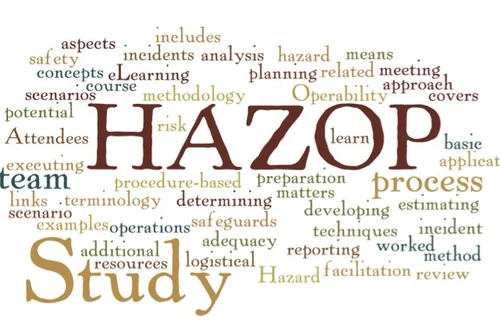The Role of Safety Audits in Promoting a Strong Safety Culture
The Role of Safety Audits in Promoting a Strong Safety Culture

Introduction
A strong safety culture is fundamental to maintaining a safe, productive, and compliant work environment. Safety audits play a crucial role in identifying risks, ensuring compliance, and fostering a proactive approach to workplace safety. Organizations that prioritize safety audits can mitigate potential hazards, reduce workplace accidents, and promote a culture where safety is a shared responsibility among all employees.
Understanding Safety Audits
A Safety Audit is a systematic process used to assess workplace safety measures, identify risks, and ensure adherence to regulations. Regular safety audits help organizations:
- Detect hazards before they cause incidents
- Improve compliance with safety regulations
- Enhance employee awareness and participation in safety initiatives
- Reduce operational risks and liabilities
Key Elements of an Effective Safety Audit
To ensure a comprehensive evaluation, safety audits must include:
- Risk Assessment: Identifying potential hazards and assessing their impact.
- Regulatory Compliance: Ensuring adherence to national and industry safety standards.
- Incident Analysis: Reviewing past incidents to prevent future occurrences.
- Employee Feedback: Gathering input from workers to improve safety policies.
- Corrective Action Plan: Implementing measures to address identified risks.
The Impact of Safety Audits on Workplace Safety
Safety audits contribute to a strong safety culture by:
- Preventing Workplace Accidents: Identifying and mitigating risks before they lead to injuries.
- Enhancing Employee Engagement: Encouraging workers to take an active role in safety practices.
- Strengthening Leadership Commitment: Ensuring management prioritizes safety policies and enforcement.
- Promoting Continuous Improvement: Regular audits drive ongoing safety enhancements.
The Role of Process Safety Management
Industries dealing with hazardous materials or complex processes require Process Safety Management to prevent catastrophic failures. This approach integrates risk management practices with safety audits to:
- Monitor equipment performance and maintenance schedules.
- Ensure proper handling and storage of hazardous substances.
- Train employees on emergency response procedures.
- Reduce process-related incidents and operational downtime.
Fire Safety and Safety Audits
Fire hazards are a critical concern in many industries. A Fire Audit is essential to assess fire prevention measures and emergency response preparedness. Key components of a fire audit include:
- Evaluating fire detection and suppression systems.
- Ensuring proper placement and maintenance of fire extinguishers.
- Conducting fire drills and employee training.
- Reviewing evacuation procedures and exit accessibility.
The Importance of Engaging Safety Consultants
Many organizations lack the internal expertise to conduct thorough safety audits. Partnering with a Safety Consultant provides:
- Expert guidance on safety audit methodologies.
- Customized risk assessment strategies.
- Assistance in regulatory compliance and reporting.
- Training programs to enhance workplace safety awareness.
Enhancing Hazard Identification with Hazop Study
A Hazop Study is a structured approach used to identify and analyze potential hazards in industrial processes. By integrating Hazop studies with safety audits, organizations can:
- Detect deviations from standard operating procedures.
- Assess risks associated with process changes.
- Implement safety controls to mitigate identified risks.
- Improve overall process safety and operational reliability.
Overcoming Challenges in Safety Audits
Despite their importance, safety audits face challenges such as:
- Resistance to Change: Employees and management may be reluctant to adopt new safety measures.
- Limited Resources: Budget constraints can hinder comprehensive safety audits.
- Data Management Issues: Poor record-keeping affects the effectiveness of audits.
Organizations can address these challenges by fostering a culture of continuous improvement, leveraging digital tools for data management, and engaging external safety consultants.
Conclusion
Safety audits are essential in promoting a strong safety culture, ensuring compliance, and reducing workplace hazards. By integrating safety audits with risk management strategies such as Hazop studies, process safety management, and fire audits, organizations can enhance workplace safety and operational efficiency. A commitment to regular safety audits fosters a culture of accountability, continuous improvement, and proactive risk mitigation.







